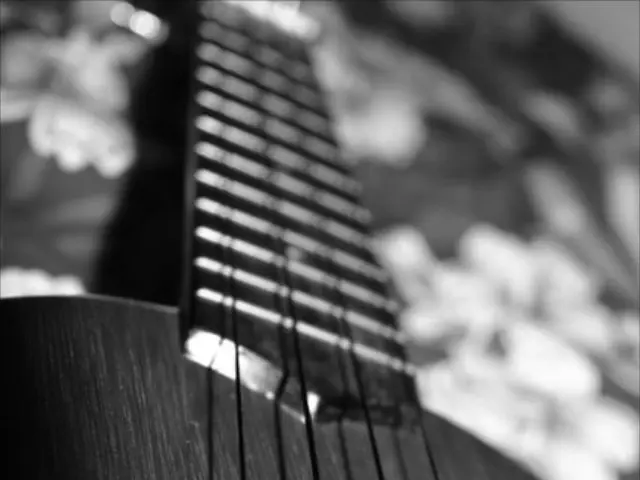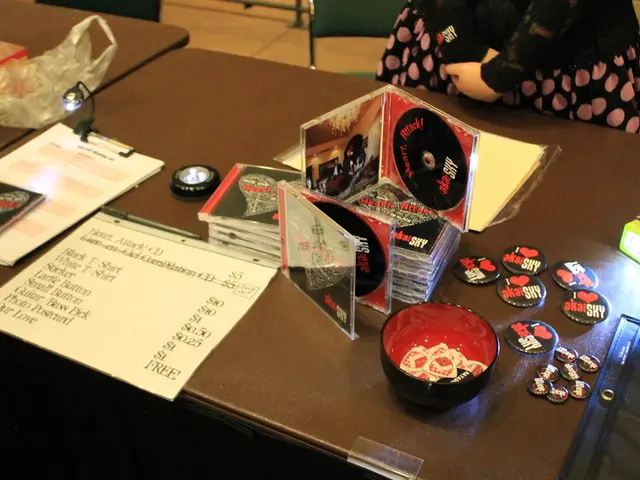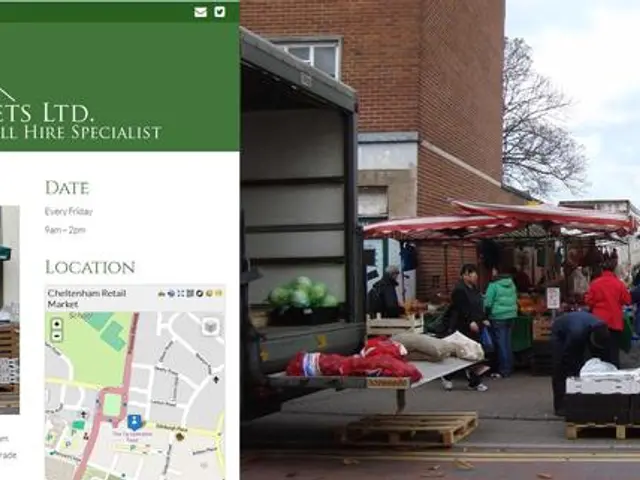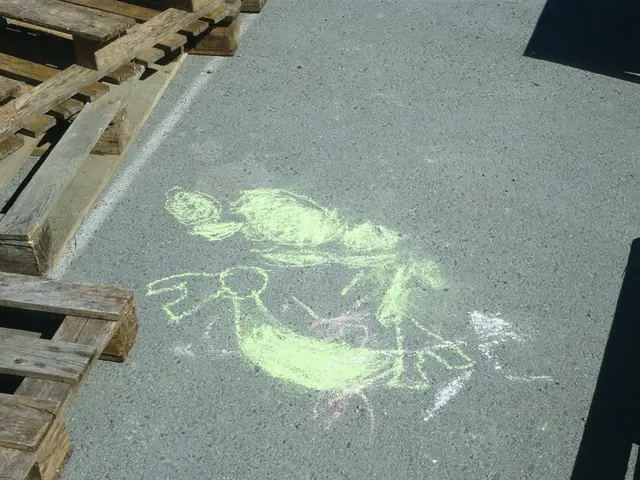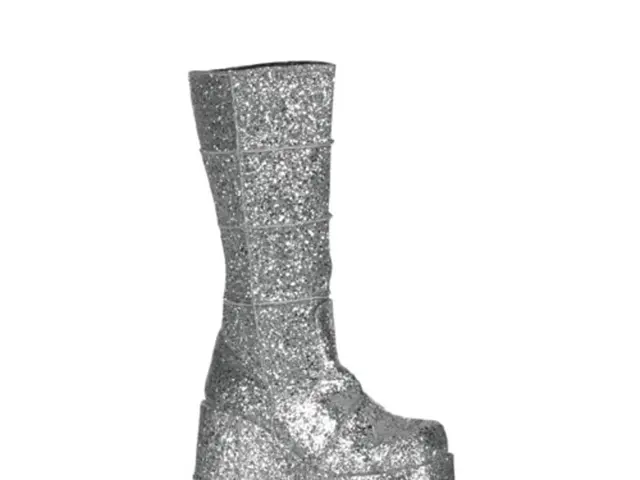Essential Equipment for Audio Professionals on the Road
In the world of live sound engineering, having the right tools can make all the difference. Here, we take a look at some essential items that a live sound engineer might include in their tech kit.
1. **Power Amplifiers**: These essential pieces of equipment provide the necessary power to drive speaker systems. They have inputs that can be analog or digital, and outputs connect to speaker cabinets via binding posts.
2. **DI Boxes**: Crucial for sending clean, balanced signals from instruments to the FOH mixer, DI boxes ensure consistent sound quality across different venues.
3. **In-Ear Monitors (IEMs)**: These are useful for vocalists to monitor their voice clearly amidst loud stage sound, often requiring a separate mix sent to the stage via the FOH desk.
4. **Dante Controller (or similar digital audio networking tools)**: These enhance setup efficiency, reliability, and flexibility by allowing software-based audio routing and management, reducing the need for analog snake cables.
5. **Audio Cables and Connectors**: A variety of XLR, TRS, and speaker cables are essential for connecting equipment and ensuring reliable signal transmission.
6. **Stage Layout and Input List Tools**: These help in planning and communicating with the engineer, ensuring that all equipment is set up and routed correctly.
7. **Troubleshooting Tools**: Multimeters, cable testers, and other diagnostic equipment are invaluable for quickly identifying and resolving technical issues during events.
8. **Backup Power Systems**: For critical setups, having backup power sources can ensure that the event continues uninterrupted in case of power failures.
Beyond these core tools, there are several other items that can prove invaluable. Patience and advance intelligence about the situation are important qualities for a tech engineer to have. Labeling and noting items in a tech kit can be achieved with a Sharpie, Notepad, and Board Tape.
For complex applications, the LX8 8-Channel Line-Level Splitter and the Exo-Pod Broadcast Splitter offer solutions, while the MIX 2:1 Two-Channel Summing Mixer is useful for summing stereo outs to mono or mixing and balancing input levels.
The IceCube Line Isolator eliminates hum or buzz from mismatched gear, long cable runs, or ground loops, and the DiNET DAN-RX2 2-Channel Dante Network Receiver provides reliable digital audio distribution.
The Catapult 4-Channel Cat 5 Audio Snake helps manage cable clutter on and off stage, transporting signals over Cat 5 or 6 Ethernet cables. A Headlamp/Flashlight is an essential tool for any engineer, especially in dimly lit environments.
The ProAV1 Stereo Multimedia Direct Box, the Highline and Highline Stereo Passive Line Isolators, the BT-Pro V2 Stereo Bluetooth Direct Box, and the StageBug SB-48 Phantom Power Supply are versatile tools that can handle a variety of tasks and unexpected source connections.
Lastly, Tape (Gaff, Board, Duct) is a necessary item for various purposes in a tech kit, while a multi-tool with wire cutters can be useful for fixing a mic clip, cutting zip ties, or popping open a panel. Work Gloves are important for protecting hands while moving gear, especially in inclement weather. The SGI TX + RX (9V) Instrument Line Driver allows for signal transmission up to 100 meters over XLR, making it a valuable addition to any tech kit.
These tools help in creating a reliable and efficient live sound setup, allowing engineers to address common issues effectively. With the right tools, patience, and intelligence, a live sound engineer can ensure that every performance is a success.
- Line Isolators such as the IceCube and Highline Stereo Passive Line Isolators can eliminate hum or buzz from mismatched gear, long cable runs, or ground loops, enhancing the overall sound quality.
- A Direct Box like the ProAV1 Stereo Multimedia Direct Box or the BT-Pro V2 Stereo Bluetooth Direct Box can be used to send clean, balanced signals from various devices to the audio system, improving the signal quality and minimizing distortion.
- A Power Conditioner, such as the SGI TX + RX (9V) Instrument Line Driver, can provide clean power and help prevent damage to sensitive electronics, ensuring the smooth operation of gadgets like audio equipment and technology devices. Moreover, it allows for signal transmission up to 100 meters over XLR, providing extra flexibility in the layout of a sound setup.

